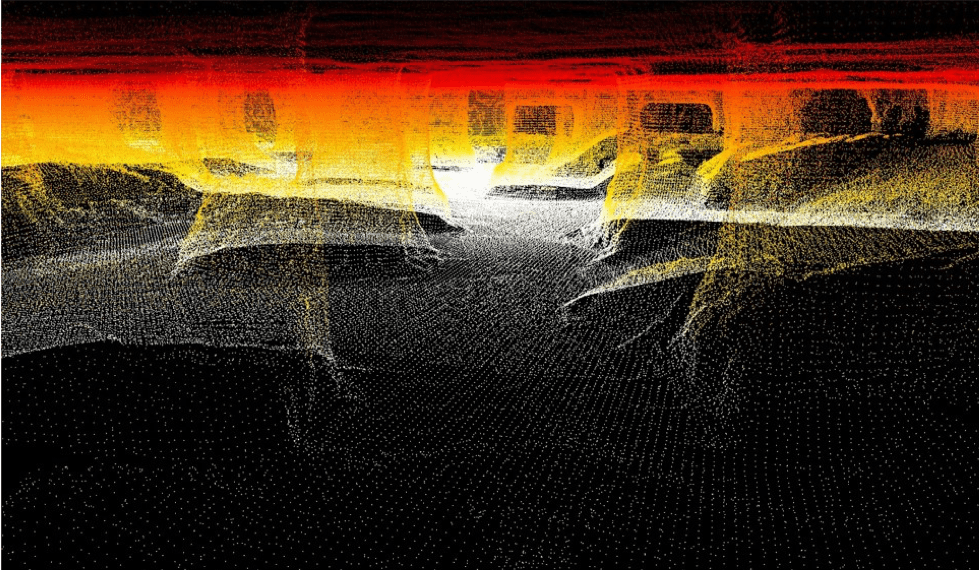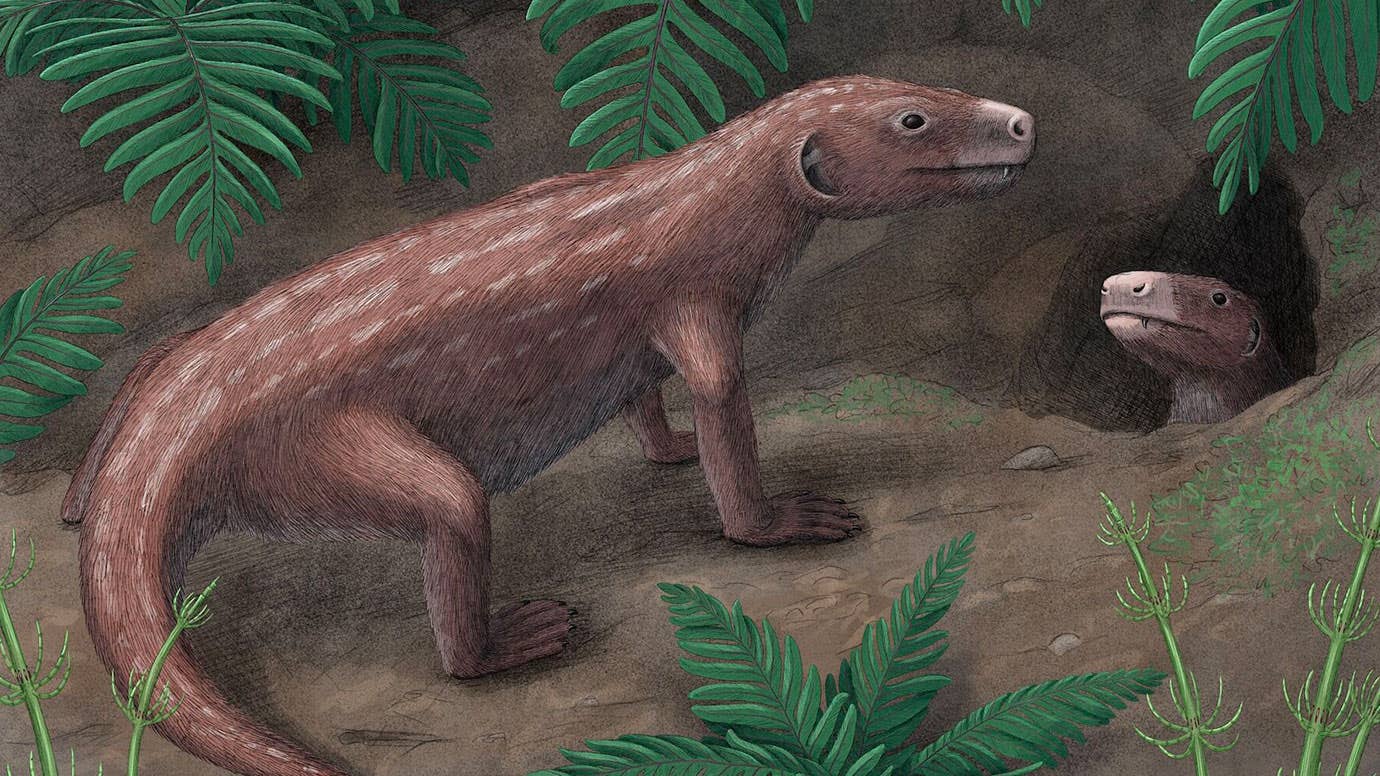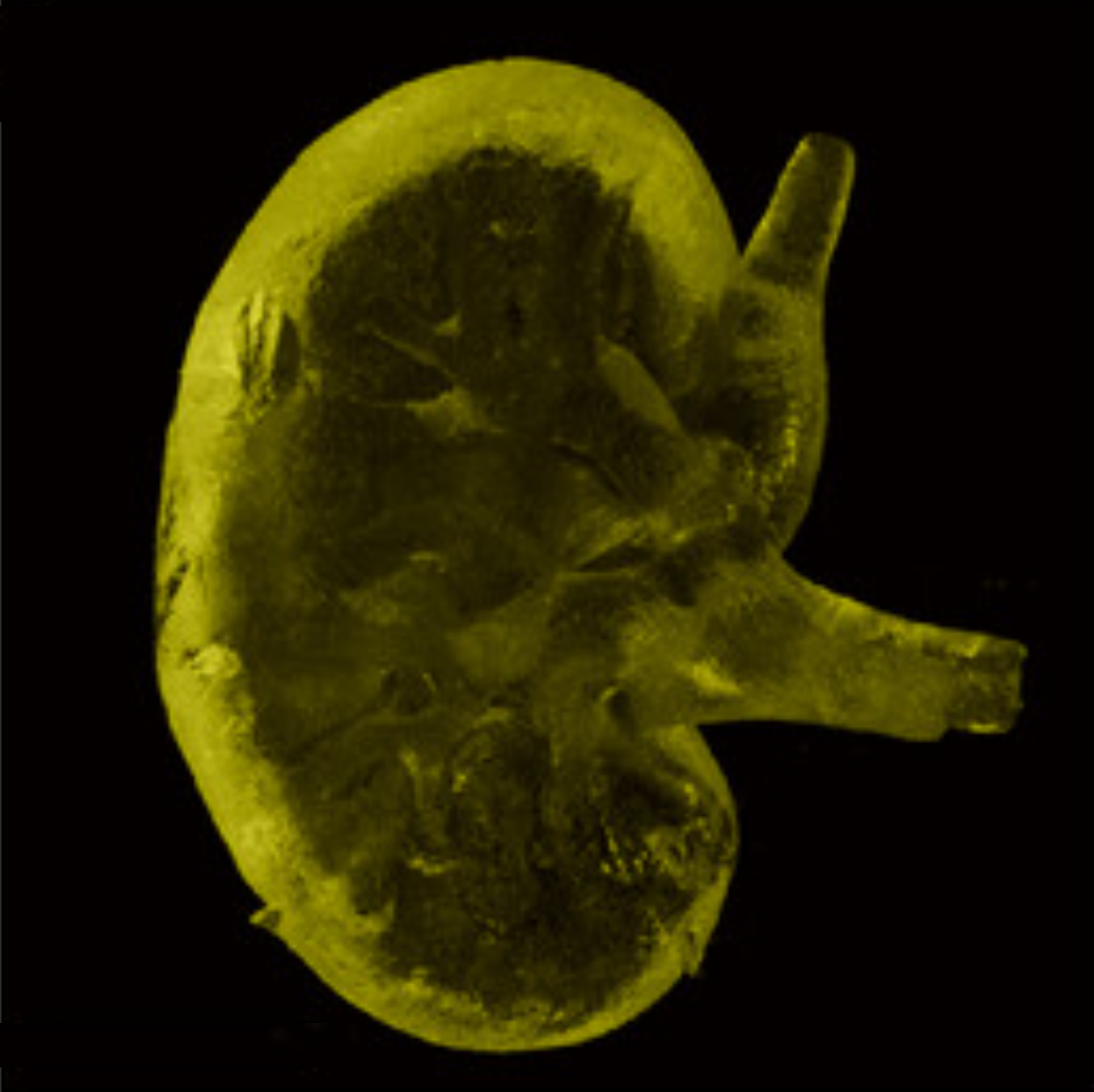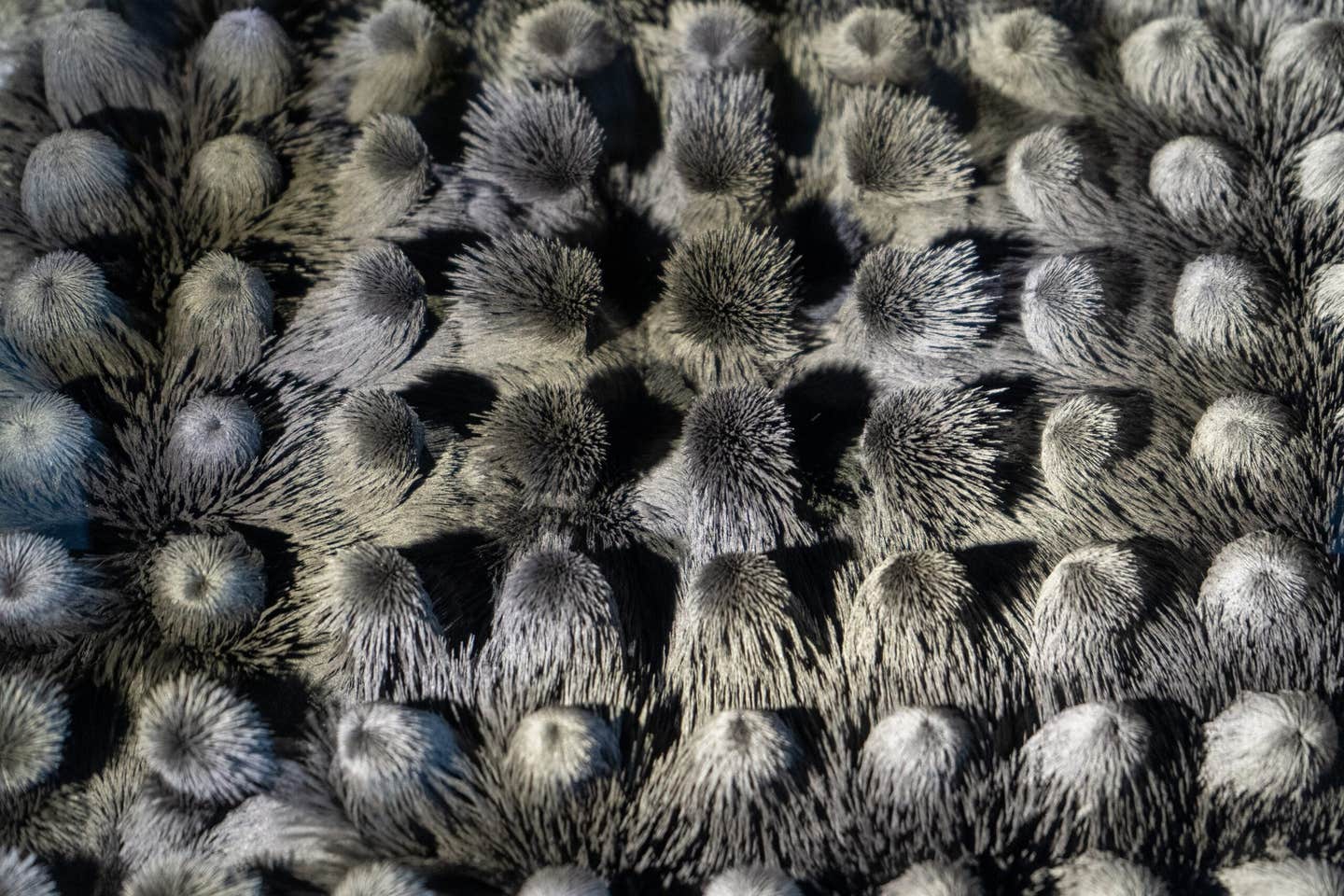Quantum sensor breakthrough paves way for groundbreaking mapping of Earth’s underworld
The sensor works by detecting variations in microgravity using the principles of quantum physics, which is based on manipulating nature.

[Feb 26, 2022: Beck Lockwood, University of Birmingham]
The sensor works by detecting variations in microgravity using the principles of quantum physics, which is based on manipulating nature at the sub-molecular level. (CREDIT: Creative Commons)
An object hidden below ground has been located using quantum technology - a long-awaited milestone with profound implications for industry, human knowledge and national security.
University of Birmingham researchers from the UK National Quantum Technology Hub in Sensors and Timing have reported their achievement in Nature. It is the first in the world for a quantum gravity gradiometer outside of laboratory conditions.
The quantum gravity gradiometer, which was developed under a contract for the Ministry of Defence and in the UKRI-funded Gravity Pioneer project, was used to find a tunnel buried outdoors in real-world conditions one metre below the ground surface. It wins an international race to take the technology outside.
The sensor works by detecting variations in microgravity using the principles of quantum physics, which is based on manipulating nature at the sub-molecular level.
The success opens a commercial path to significantly improved mapping of what exists below ground level.
Related News
This will mean:
Reduced costs and delays to construction, rail and road projects.
Improved prediction of natural phenomena such as volcanic eruptions.
Discovery of hidden natural resources and built structures.
Understanding archaeological mysteries without damaging excavation.
Professor Kai Bongs, Head of Cold Atom Physics at the University of Birmingham and Principal Investigator of the UK Quantum Technology Hub Sensors and Timing, said: “This is an ‘Edison moment’ in sensing that will transform society, human understanding and economies.
“With this breakthrough we have the potential to end reliance on poor records and luck as we explore, build and repair. In addition, an underground map of what is currently invisible is now a significant step closer, ending a situation where we know more about Antarctica than what lies a few feet below our streets.”
Sensor being used underground in Poole’s Cavern. (CREDIT: University of Birmingham)
Current gravity sensors are limited by a range of environmental factors. A particular challenge is vibration, which limits the measurement time of all gravity sensors for survey applications. If these limitations can be addressed, surveys can become faster, more comprehensive and lower cost.
The sensor developed by Dr Michael Holynski, Head of Atom Interferometry at Birmingham and lead author of the study, and his team at Birmingham is a gravity gradiometer. Their system overcomes vibration and a variety of other environmental challenges in order to successfully apply quantum technology in the field.
The main sensor head (blue cylinder) stands at 1.87 m high, varying by 5 cm depending on the setting of the adjustable feet. This places the measurement positions of the sensor at approximately 0.5 m from the road surface for the lower sensor, and 1.5 m for the upper sensor. The floor footprint of the sensor head is 0.64 m by 0.6 m, and the upright cylinder has a diameter of 0.27 m. The total weight of the sensor head is approximately 75 kg. This is connected to a flight case, which contains the lasers and control system. This has an internal height of 24 U standard rack units (1 U = 4.4 cm), an external footprint of 1.10 m by 0.46 m and height of 1.34 m. A secondary case is placed on top of this, with dimensions of 0.50 m by 0.59 m by 0.46 m. The combined weight of these cases is approximately 250 kg. The system operates on a single mains wall socket, drawing approximately 800 W and having a short-term battery holder over. It can also operate on a generator supply without any observed additional noise. Also shown is a frame used to move the sensor head, and prism used to reference position with a total station. (CREDIT: Nature)
The successful detection, realised in collaboration with civil engineers led by Professor Nicole Metje of the School of Engineering, is the culmination of a long-term development programme that has been closely linked to end-users from its outset.
This breakthrough will allow future gravity surveys to be cheaper, more reliable and delivered 10 times faster, reducing the time needed for surveys from a month to a few days. It has the potential to open a range of new applications for gravity survey, providing a new lens into the underground.
Professor George Tuckwell, Director for Geoscience and Engineering at RSK, said: “Detection of ground conditions such as mine workings, tunnels and unstable ground is fundamental to our ability to design, construct and maintain housing, industry and infrastructure. The improved capability that this new technology represents could transform how we map the ground and deliver these projects”.
Dr Gareth Brown, joint Project Technical Authority for Quantum Sensing and Senior Principal Scientist at Dstl, said: “For national Defence and Security, accurate and rapid measurements of variations in microgravity open up new opportunities to detect the otherwise undetectable and navigate more safely in challenging environments. As gravity sensing technology matures, applications for underwater navigation and revealing the subterranean will become possible.”
For more science and technology news stories check out our New Innovations section at The Brighter Side of News.
Note: Materials provided above by University of Birmingham. Content may be edited for style and length.
Like these kind of feel good stories? Get the Brighter Side of News' newsletter.
Tags: #New_Innovations, #Sensors, #Gravity, #Earth_Sciences, #Research, #Science, #Mapping, #Underground, #The_Brighter_Side_of_News



